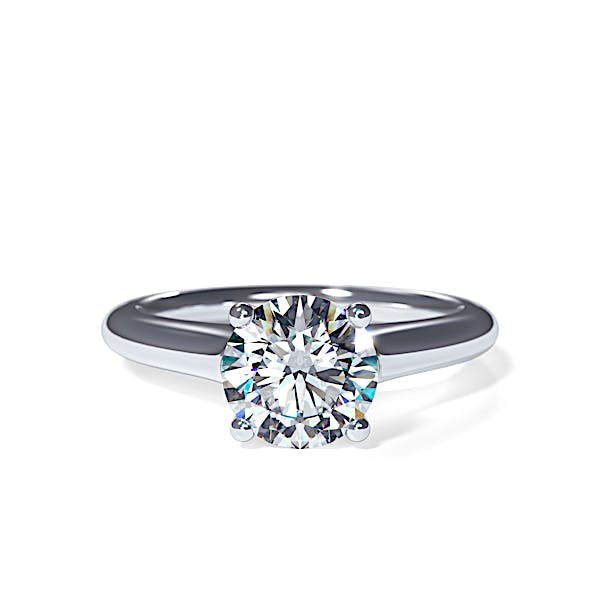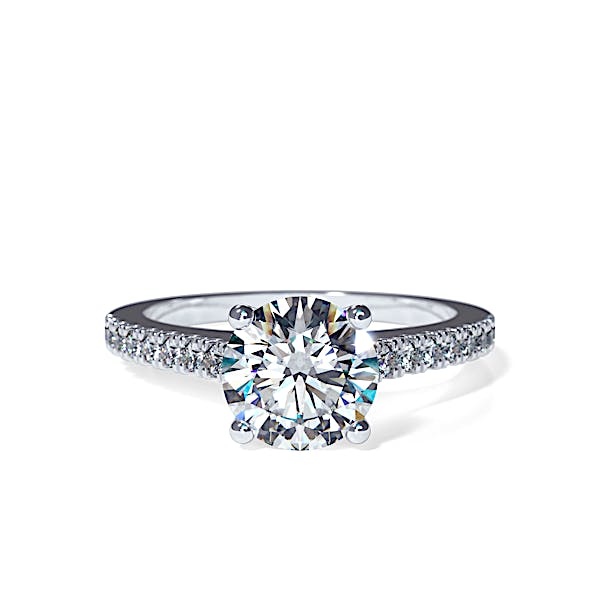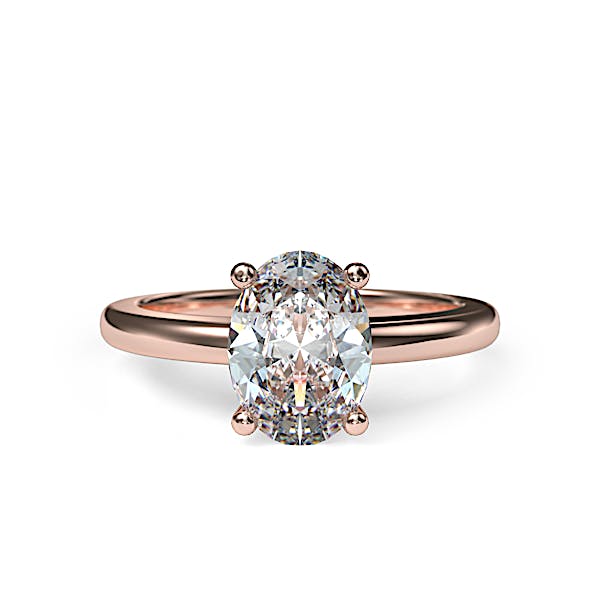Lab-grown diamonds
- UPDATED:
Why Tradition Still Matters
For centuries, natural diamonds have symbolized rarity, prestige, and enduring love. While lab-grown diamonds have gained popularity as an alternative, traditionalists argue that they lack the historical and intrinsic value that makes natural diamonds so special.
What is a Natural diamond?
Natural diamonds were formed over 3 billion years ago, deep within the Earth´s crust. It is the intense heat and pressure that caused carbon atoms to crystallize, forming diamonds. Through volcanic eruption, the diamonds that are deep into the Earth are delivered to the surface.
What is a Lab-grown diamond?
Lab-grown diamonds (also known as synthetic diamonds) have the same chemical structure as real diamonds: they are carbon that has been exposed to a considerable amount of pressure and heat.
Some argue that because of this, lab-grown diamonds are real diamonds. But, we are here to disagree. Lab-grown diamonds are - like the name indicates - grown in a lab, in only a matter of weeks.
Can a jeweler tell if a diamond has been created in a lab?
Yes. However, he will need advanced equipment with specialized tools such as a microscope or a spectrometer. Natural diamonds have certain spectral features that are different from lab-grown diamonds. Ultimately, a certificate is needed to assess the origin of the diamond. Official lab reports from GIA or IGI provide the most reliable distinction.

Why are lab-grown diamonds cheaper than natural diamonds?
Lab-grown diamonds cost significantly less: they are up to 70% cheaper than natural ones, for multiple reasons:
- Extremely high production: Unlike natural diamonds, which take millions of years to form, lab diamonds can be created in a matter of weeks, reducing scarcity. Only in 2024, lab-grown diamonds accounted for approximately 14% of the total diamond supply. It is projected that by the end of 2025, lab-grown diamonds will make up for circa 20% of the total diamond supply.
- Increasing competition: more and more labs are producing lab-grown diamonds, driving prices down over time.
Are lab-grown diamonds worth buying?
Lab-grown diamonds are significantly cheaper than natural diamonds, but they are not a wise investment for several reasons:
- Constant Price Decline: Initially, lab-grown diamonds were only 10-20% less expensive than natural diamonds. However, as more labs have entered the market, prices have dropped drastically—now up to 70% cheaper. This trend is likely to continue as production increases, further reducing their value.
- Low Resale Value: Lab-grown diamonds depreciate quickly and have a limited resale market compared to natural diamonds, making them a poor choice for investment.
- Lack of Prestige: Unlike natural diamonds, lab-grown diamonds lack rarity, which diminishes their exclusivity and prestige in the luxury market.
Are lab-grown diamonds a good alternative to natural diamonds?
Lab-grown diamonds might be a "good" alternative for everyday diamond wear.
But when it comes to engagement rings, the beauty of a natural diamond is the symbol it bears: it took billions of years for it to grow, and nothing better than a natural stone can symbolize the commitment and duration of the relationship.


Here you will find some of our bestsellers (depicted with a 1.00 ct diamond):
What do our customers say?
My Diamond Ring is a brand of ‘Schullin’, a family-owned jewellery company based in Vienna, Austria. The website was founded with the aim of helping women and men find the perfect engagement ring.
Are our customers satisfied? Yes! Find our customer reviews here!
MORE: 12 reasons why you should configure a ring at My Diamond Ring
We guarantee:
- GIA certified natural diamonds
- Insured shipping
- Free change of ring size
- 100% money-back guarantee
- Free Engraving



